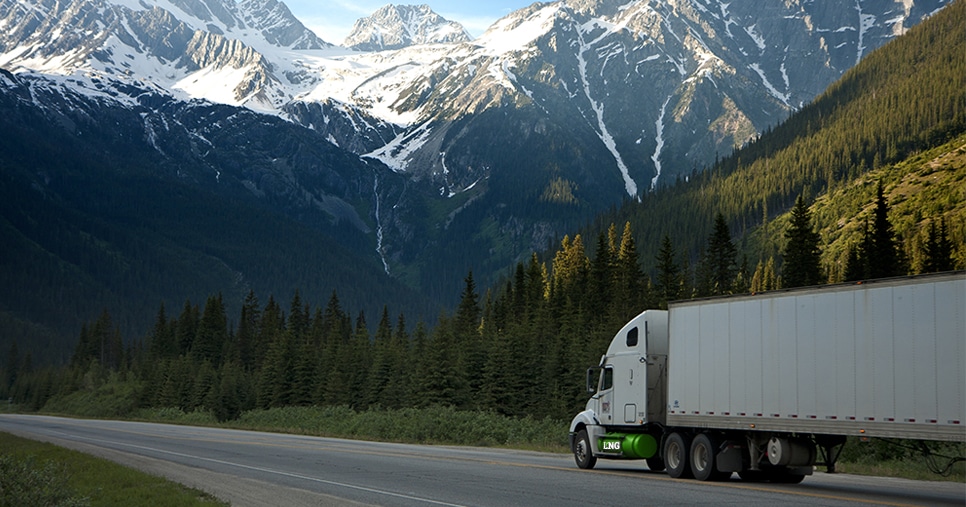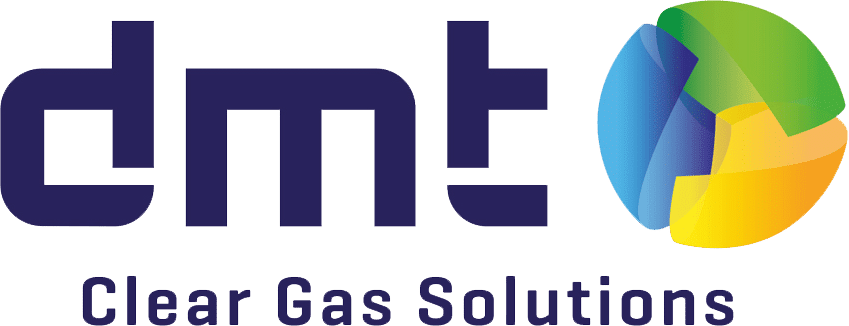Bio-LNG
Liquefied Renewable Natural Gas
Biogas Liquefaction Market Demand
Reducing dependence on fossil fuels means focusing on biofuels, such as Bio-LNG (Liquefied Renewable Natural Gas), in the transportation sector. The biogas liquefaction market is anticipated to grow through 2025 due to increasing demand for energy paired with increasing concerns towards environmental pollution. Currently, most of today’s energy demand still relies on fossil fuels such as crude oil, coal or natural gas.
CNG vs. LNG
Both conventional and renewable natural gas (RNG) can be compressed (CNG) or liquefied (LNG), thereby, reducing its volume for transport. While both CNG and LNG offer a low carbon footprint and low emissions of NOx and SOx, the advantages of LNG include:
- Reduced volume. LNG reduces volume by a factor of 600 (600 m3 to 1 m3) compared to CNG which reduces volume by a factor of 200-250.
- Transportation. Extended transportation mileage compared to CNG.
- Efficiency. LNG liquefies at a temperature of -260°F (-162 °C) which eliminates remaining oxygen, carbon dioxide, water and sulfur compounds.
- Convenience. Easy conversion of LNG into CNG.
Bio-LNG Advantages
Bio-LNG offers a better solution than its fossil fuel counterpart. The advantages of Bio-LNG include:
- Bio-LNG has a higher methane content because Bio-LNG doesn’t contain higher hydrocarbons.
- Easy distribution. Bio-LNG can be transported in large amounts due to its significant volume reduction. Additionally, complex gas piping networks or a compressor to transport gas into the network is not necessary.
- Farmers and rural communities can be independent from the central pipeline network.
- Increasing the supply of Bio-LNG will keep gas prices low.
Liquefaction Technology
Liquefaction is not a new technology. DMT investigated the different technologies available and developed a Bio-LNG process that maximizes results. The final configuration uses both the Carborex® MS and Carborex® LNG.

Carborex® LNG in Four Steps
Common problems associated with biogas liquefaction include the presence of contaminants and the freezing of components such as carbon dioxide and water. DMT has overcome these problems by developing a four step process:
- Pre-treat the biogas to remove toxic and harmful contaminants as well as water. This prevents frozen water during the liquefaction process.
- Upgrade and polish the biogas using the Carborex® MS to remove carbon dioxide.
- Liquefy the product gas, RNG, through the Carborex® LNG at -162 degrees Celsius.
- Transport the Bio-LNG by trucks to fueling stations in storage tanks.
Added Advantages of the Liquefaction Cycle
While DMT technology guarantees a H₂O and CO₂ -free gas stream, adding the liquefaction cycle into RNG plants can harness added advantages such as increasing efficiency and eliminating quality-related operational risks.
The result is a low-cost flexible process, available and scalable by up to 30 tons per day, which offers a varying degree of integration of the upgrading and liquefaction steps.

